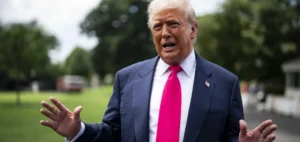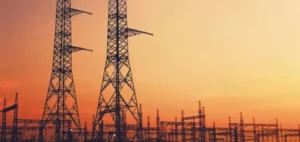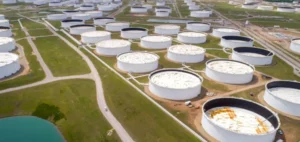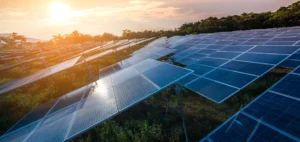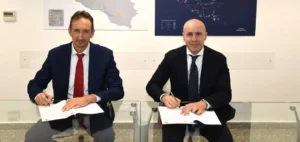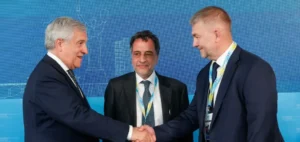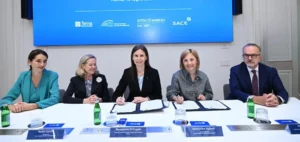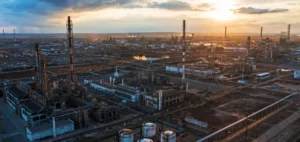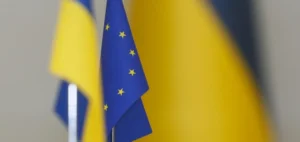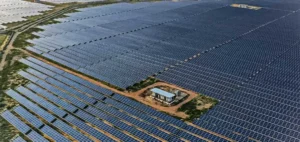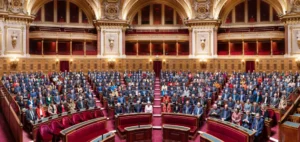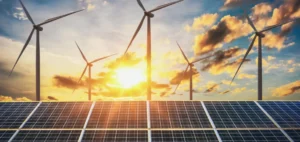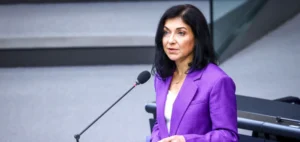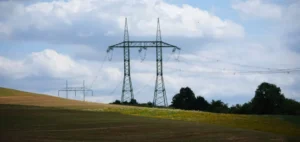India, with its rapid economic growth, is receiving significant financial support from the World Bank to accelerate its energy transition. Funding of USD 1.5 billion has been approved to promote green hydrogen and increase renewable energy production. This support is part of the second programmatic development policy operation for low-carbon energy, aimed at boosting the country’s energy capacities while reducing carbon emissions. India needs to invest up to $385 billion to reach its target of 500 GW of renewable energy by 2030.
Stimulating the Green Hydrogen Market
The Second Low-Carbon Energy Programmatic Development Policy Operation focuses on reforms to boost green hydrogen production, including the promotion of electrolyzers. These technologies are essential if we are to meet our targets for the production and consumption of green hydrogen. Green hydrogen, produced by electrolysis of water using electricity from renewable sources, is seen as a key solution for decarbonizing industrial sectors that are difficult to electrify. The World Bank’s support includes measures to improve the infrastructure needed to produce and distribute green hydrogen. This includes the installation of new electrolysers and the development of storage capacities. By facilitating these developments, India will not only be able to reduce its emissions, but also create a robust domestic market for green hydrogen, stimulating innovation and employment in this emerging sector.
Strengthening Renewable Energies
This operation also supports reforms to increase the penetration of renewable energies. This includes encouraging battery storage and amending the Indian Grid Code to improve the integration of renewable energies. Battery storage is crucial to compensate for the intermittency of renewable energy sources such as solar and wind power, ensuring a stable and reliable power supply. In addition, the funding supports pilot projects and initiatives to modernize the electricity grid, enabling a greater share of renewable energy in the national energy mix. These reforms will also help to attract private investment, by creating a favorable regulatory environment and offering economic incentives for developers of renewable energy projects.
Production Targets and Emission Reductions
The reforms aim for annual production of 450,000 tonnes of green hydrogen and 1,500 MW of electrolysers by 2025/2026. This will increase renewable energy capacity and reduce emissions by 50 million tonnes a year. The increased production of green hydrogen will be used in a variety of industrial sectors, including steel, chemicals and transport, contributing to the decarbonization of these industries. The reforms also include measures to encourage the adoption of clean technologies and improve energy efficiency. By supporting projects that combine green hydrogen and renewable energies, the World Bank is helping India to achieve its climate objectives while strengthening its energy security.
National Carbon Credit Market
The program also supports the development of a national carbon credit market, creating a framework for a robust, incentive-based carbon market. The carbon credit market will enable companies to offset their emissions by purchasing credits generated by emission-reducing projects. This will encourage investment in sustainable technologies and projects. Establishing an effective carbon market is crucial to achieving emission reduction targets. This creates a carbon price, encouraging companies to adopt more sustainable practices and invest in clean technologies. The World Bank is working closely with the Indian authorities to put in place the necessary regulations and ensure the smooth operation of this market. This financing from the World Bank, via a USD 1.46 billion loan from the International Bank for Reconstruction and Development (IBRD) and a USD 31.5 million credit from the International Development Association (IDA), represents a major step forward for India in its energy transition strategy. These funds will enable us to implement the necessary reforms and support innovative projects that will contribute to India’s sustainable growth.


